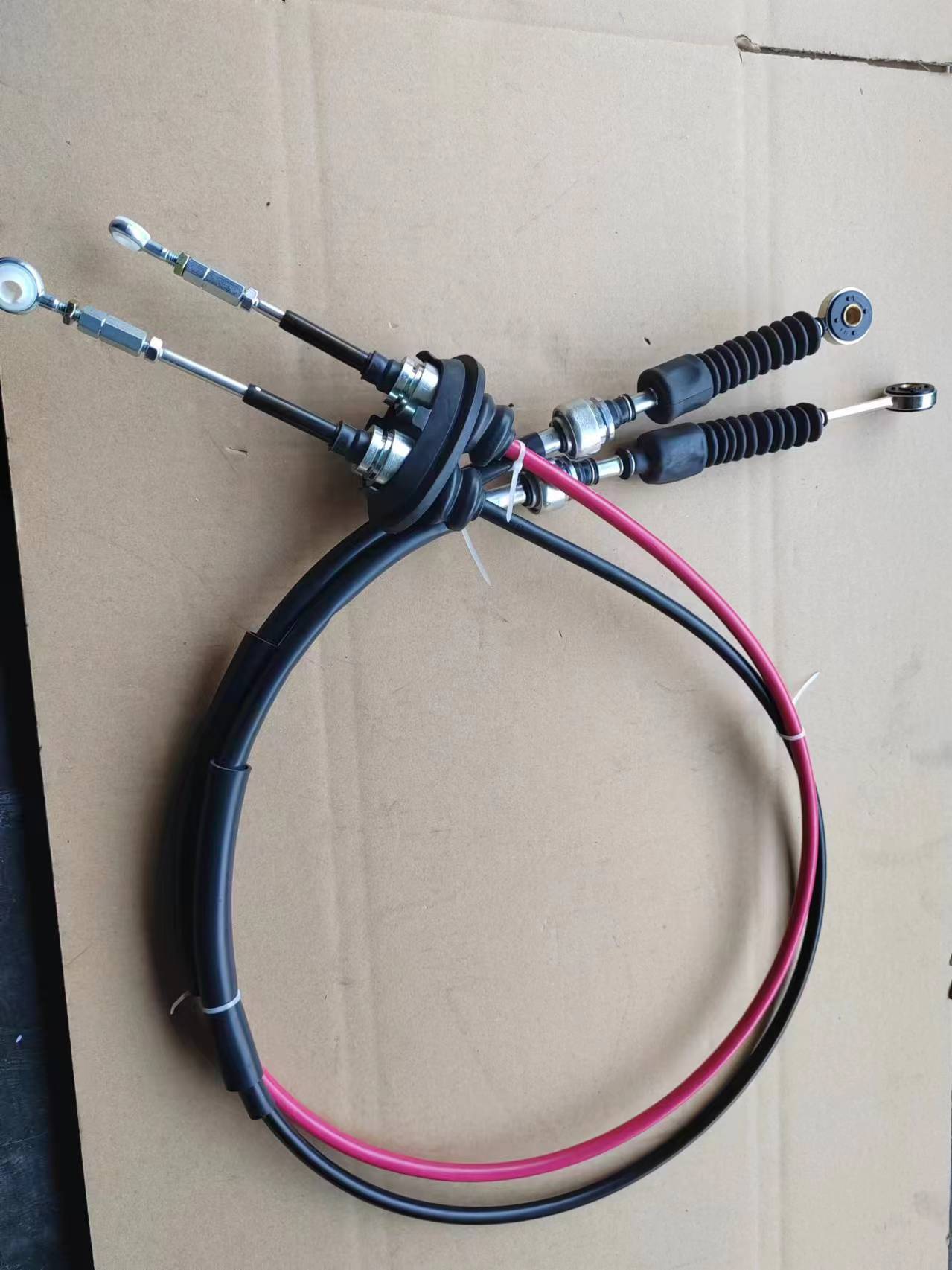rear handbrake cable
Understanding the Rear Handbrake Cable Importance and Maintenance
The rear handbrake cable, also known as the parking brake cable, is a vital component of a vehicle’s braking system. It connects the handbrake lever to the rear brakes, providing the driver with the ability to secure the car when parked and hold it stationary on an incline. This component not only ensures safety but also plays a critical role in the overall functionality of the braking system. In this article, we will explore the significance of the rear handbrake cable, its common issues, maintenance tips, and replacement procedures.
Importance of the Rear Handbrake Cable
The primary function of the rear handbrake cable is to engage the rear brakes when the handbrake lever is pulled. This mechanism prevents the vehicle from rolling when parked, especially on sloped surfaces. In addition, the handbrake serves as a supplementary brake system that can be used in emergencies to stop the vehicle, although it is not a replacement for the main braking system.
In many vehicles, the rear handbrake operates through a cable system rather than a hydraulic system. This design allows for direct and effective engagement of the brake shoes or discs at the rear wheels. When properly maintained, the handbrake cable ensures responsive and reliable braking performance.
Common Issues with Rear Handbrake Cables
Over time, rear handbrake cables can experience wear and tear due to exposure to the elements, mechanical stress, and corrosion. Some common issues include
1. Fraying or Stretching Cables can fray over time, leading to reduced effectiveness of the handbrake. A stretched cable may not engage the brakes fully, making the handbrake less effective.
2. Corrosion Rust can develop on the cable, especially if the vehicle is frequently exposed to moisture or salt. Corrosion can hinder the smooth operation of the cable and lead to premature failure.
3. Binding or Seizing Dirt, debris, or lack of lubrication can cause the cable to bind or seize, preventing the handbrake from functioning correctly. This may result in the handbrake not fully releasing or engaging.
Maintenance Tips
rear handbrake cable

To ensure that the rear handbrake cable operates efficiently, regular maintenance is essential. Here are some tips to keep in mind
1. Routine Inspections Regularly check the condition of the handbrake cable for signs of wear, fraying, or corrosion. Look for any visible damage and replace the cable if necessary.
2. Lubrication Apply lubricant to the cable where it connects to the handbrake lever and brake mechanism. This will help maintain smooth operation and prevent binding.
3. Adjustments Familiarize yourself with the adjustment mechanism of your vehicle's handbrake system. Over time, the cable may stretch, requiring adjustment to ensure proper tension and responsiveness.
4. Environment Considerations If you live in an area with heavy rainfall, snow, or road salt, consider taking extra precautions to protect the handbrake cable from corrosion. Washing the undercarriage of your vehicle regularly can help remove salt and debris.
Replacement Procedures
If the handbrake cable fails, it will need to be replaced. While this can often be done at home with the right tools, it’s essential to follow the specific guidelines for your vehicle. Generally, the process involves
1. Removing any covers or panels that obstruct access to the handbrake system. 2. Disconnecting the old cable from the handbrake lever and the rear brakes. 3. Installing the new cable in the reverse order, ensuring proper routing and secure connections. 4. Adjusting the handbrake as needed before testing to ensure it operates effectively.
Conclusion
The rear handbrake cable is a crucial part of your vehicle’s safety features. Understanding its importance, addressing common issues, and performing regular maintenance can help ensure reliable performance. In case of failure, seeking replacement either through professional help or DIY methods can keep your vehicle safe and secure. Always prioritize safety and stay informed about every aspect of your vehicle’s braking system.
-
Upgrade Your Control with Premium Throttle CablesNewsAug.08,2025
-
Stay in Control with Premium Hand Brake CablesNewsAug.08,2025
-
Experience Unmatched Performance with Our Clutch HosesNewsAug.08,2025
-
Ensure Safety and Reliability with Premium Handbrake CablesNewsAug.08,2025
-
Enhance Your Vehicle with High-Performance Clutch LinesNewsAug.08,2025
-
Elevate Your Ride with Premium Gear CablesNewsAug.08,2025
